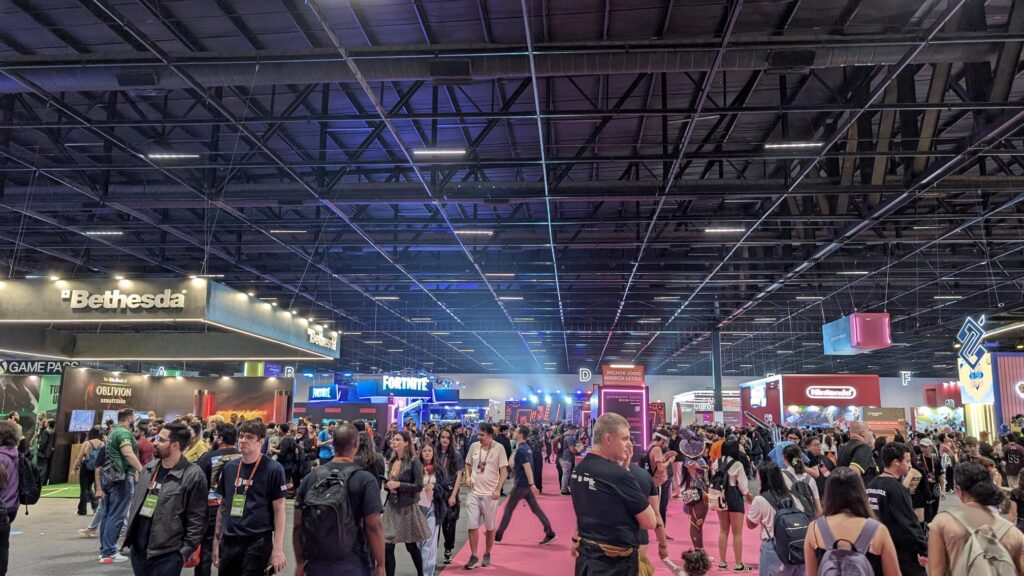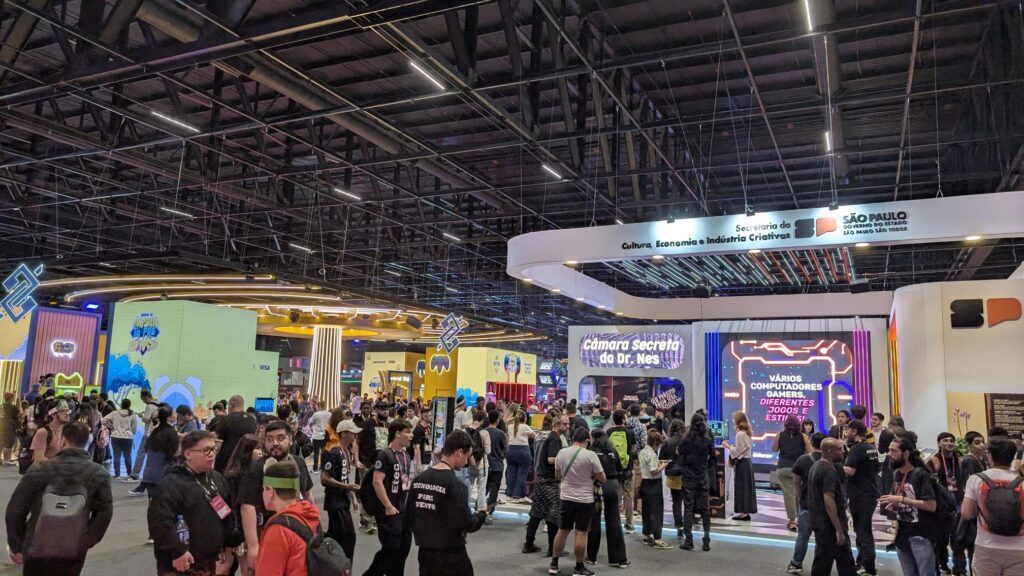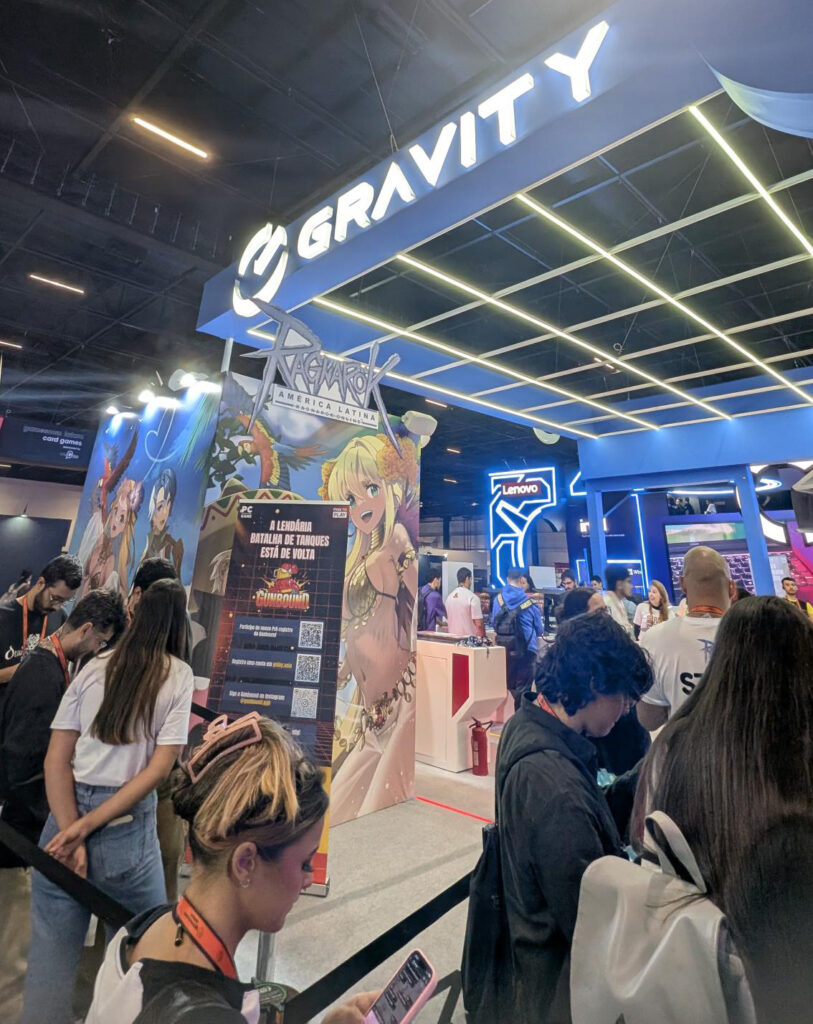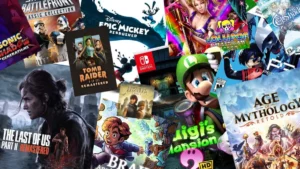The Latin American gaming market is no longer just on the rise; it’s actively shaping the nature of the industry. With millions of active players, fast-growing indie studios, and a mobile-first user base, Latin America has become a major force in global gaming evolution. From Brazil and Mexico to Argentina and Chile, the region is redefining how and where games are made, played, and celebrated.
For developers and publishers, this is a market that rewards those who understand its diversity, pace, and cultural depth.
A Region in Play: LATAM’s Rapid Growth
Latin America is now home to more than 300 million gamers, with a growth rate of 5.6% year over year. Today, it’s estimated that the region comprises 11% of the world’s gaming market. This explosion has been fueled by widespread mobile adoption, improved digital infrastructure, and a young, connected audience.
Mobile gaming leads the charge with its ability to make digital entertainment more accessible across economic and geographic boundaries. But the momentum doesn’t stop there. Console and PC gaming are gaining traction too, especially in countries like Mexico and Argentina, where investment in tech and connectivity is increasing.

Regional developers are also gaining visibility by creating content that speaks directly to local players, thus expanding the ecosystem from within.
Brazil, Mexico, and Argentina: Regional Leaders
Regional momentum is also evident in the surge of mobile gaming; the expanding presence of local developers; and the rise of large-scale industry events in countries like Brazil, Mexico, and Argentina, where gaming communities are spearheading this evolution.
Let’s take a close look at the countries leading this evolution.
Brazil: A Giant in Motion
With more than 75 million gamers, Brazil is one of the largest gaming markets in the world. Its mobile scene is especially strong, but console and PC titles are deeply embedded in the culture, too. Now in its second year, Gamescom LATAM, which sprang from the BIG Festival, is hosted in São Paulo and comparable in size and scope to its eastern counterpart, Gamescom Asia. As player and industry interest only continues to increase throughout Brazil, and local studios develop apace, international publishers are taking note.

Mexico: A Market to Watch
Mexico is home to more than 68 million gamers, which comprise more than half the population. Despite the challenges presented by inequality in Mexico’s internet access, the country has seen notable growth in both console and mobile gaming. Local development is also becoming more visible, as Mexico-based studios create games that resonate with regional players and new global audiences alike.
Argentina: Indie Spirit in Full Force
Argentina continues to serve as a hub for indie developers, with government-backed programs and economic incentives that support both public and private initiatives. Events like Exposición de Videojuegos Argentina (EVA) and Argentina Game Show (AGS), which boasted more than 30,000 and 100,000 attendees, respectively, in 2024, also provide essential platforms for local talent to step into the spotlight and help position Argentina as one of the fastest-growing gaming markets in the region.
Localization: The Key to Real Connection
With so much linguistic and cultural diversity across Latin America, localization is not only helpful to game development. In fact, it is also an essential part of the process.

That’s because every one of these countries is influenced by its own humor, slang, social norms, and cultural expectations. Game elements that land with players in Colombia, therefore, may not resonate with players in Chile. What’s effective in Argentina might miss the mark in Mexico’s gaming world.
These gaps are where cultural adaptation in gaming plays a critical role. Effective localization means:
- Adjusting tone and humor for each audience.
- Modifying UI and UX to reflect local playing styles.
- Listening to regional feedback and evolving content accordingly.
It also means recognizing that the label “Latin American Spanish” is more practical than precise. This term is meant to cover a wide range of cultural identities across more than a dozen countries. However, it does not reflect any one population in particular. Behind that single identifier are diverse communities with their own voices, values, and expectations. Navigating that complexity is a key part of building meaningful engagement in the region.
The Takeaway
Latin America is an emerging leader in the global gaming conversation. Countries like Brazil, Mexico, Argentina, and Chile are driving growth on both the development and player fronts, and their gaming communities expect content to reflect their unique cultures and voices.
For developers, then, localization is more than a checklist. In a region as diverse as Latin America, where uniqueness has historically been smoothed over or underappreciated thanks to broad-stroke approaches and terms like “LATAM Spanish,” understanding cultural nuance is key to moving forward and truly resonating with a growing and eager audience. As with any culture, anywhere in the world, the difference between reaching players and actually connecting with them comes down to how well you listen, adapt, and localize with care.



